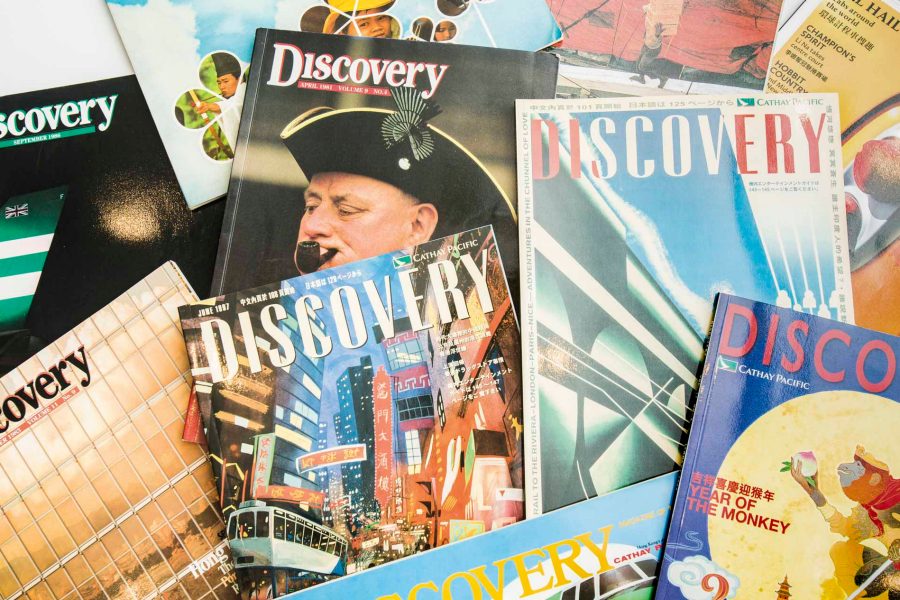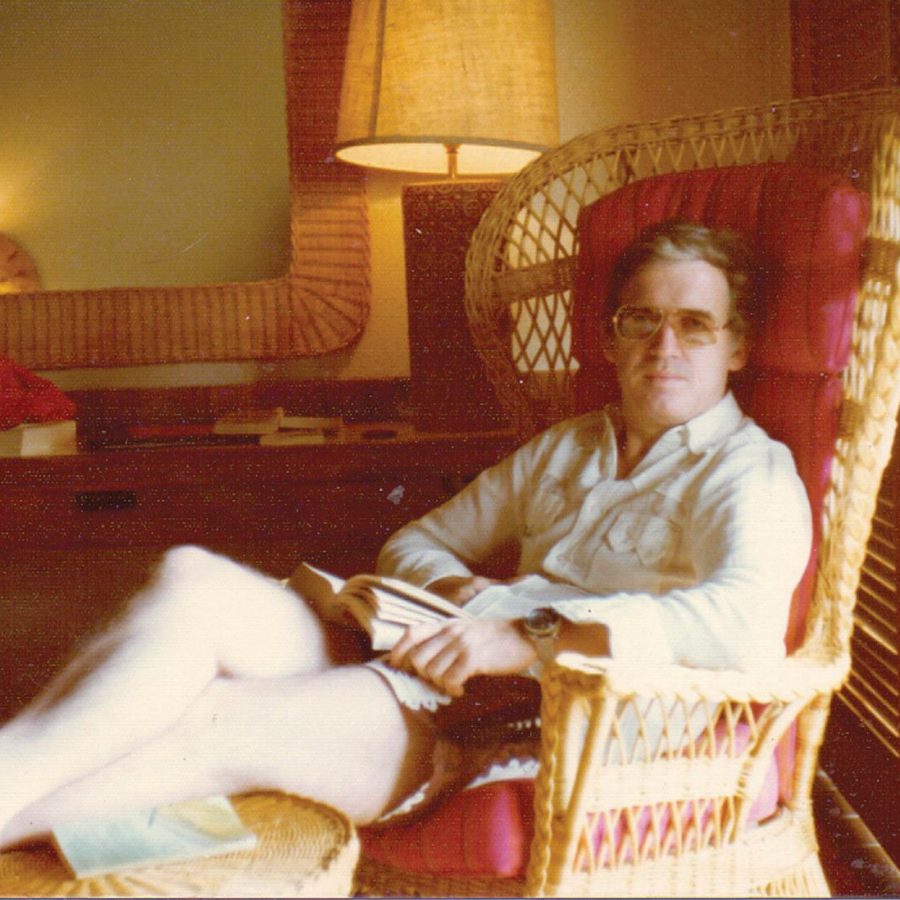Discovery: birth of an inflight magazine

This inflight magazine has been an enduring part of the Cathay experience for generations of travellers. But how and when did Discovery first appear onboard?
We have the puckish creative energy of one man to thank: Gareth Powell, a Welsh-born, Hong Kong-based writer, publisher and entrepreneur.
Until his involvement, Cathay Pacific had operated for nearly 30 years without anything for passengers to pick up, read and get lost in. Eventually, the need to keep passengers occupied between meals on longer flights became a priority.
Powell recalled on his blog: ‘In 1973, Cathay Pacific was facing a slight problem. It was about to [re]start non-stop flights from Hong Kong to Sydney and there was no inflight entertainment onboard. Yes, there was a sound system with which the crew could communicate with the passengers. But audio systems for every seat – none.’
Powell was approached to devise an inflight entertainment pack by Cathay Pacific’s then-marketing director, who recognised Powell’s prowess as a journalist, publisher and as a writer for Clipper, Pan-Am’s inflight magazine that had launched in the 1950s. Here was the person to entertain long-haul passengers.

The late Gareth Powell (1934-2016), Discovery's founding editor
Working with the talented designer and polar explorer Rebecca Lee, Powell presented his formula to Cathay Pacific. He recalled: ‘It was a light cardboard box, A4 in size which lay sideways on the tray table in front of the aircraft seat. It included a 16-page magazine designed to be horizontal and printed games including a fold-up model aircraft.’
It sounded fun, and earned a round of applause at the Cathay Pacific sales conference – but never made it off the ground: pilots made the point that cabins might be filled with exuberant passengers aiming paper darts at each other. The paper plane was pulled and the magazine was fattened by becoming trilingual (English, Traditional Chinese and Japanese), while retaining its curious horizontal format.
Powell recalled: ‘The party line was, “Research has shown that this is the optimal shape for an inflight magazine.” Total nonsense. It was that shape because it was originally designed to go in a box.’
Since then there have been revisions, new directions, new editors and, significantly, a rotation through 90 degrees, but Discovery marches on: still with the original aim to inspire and entertain, with a debt of gratitude to Gareth Powell and his grounded paper planes.
This autumn, Gareth passed away in Australia, surrounded by his five children. He was 82. To the end, he gave the current editor the benefit of his views. We will miss him.
Hero image: Discovery Magazine Dec 2016 - Points in time
Related stories
- China – the Chinese Mainland, Hong Kong SAR, Macao SAR and Taiwan Region
- Hong Kong SAR - English
- Chinese Mainland (China) - English
- Taiwan, China - English
- 香港特別行政區 - 繁體中文
- 中国內地 - 简体中文
- 中國台灣 - 繁體中文
- Africa
- South Africa - English
- Asia
- Bangladesh - English
- Korea - English
- Singapore - English
- Cambodia - English
- 한국 - 한국어
- Sri Lanka - English
- India - English
- Malaysia - English
- Thailand - English
- Indonesia - English
- Maldives - English
- ประเทศไทย - ภาษาไทย
- Indonesia - Bahasa Indonesia
- Myanmar - English
- Vietnam - English
- Japan - English
- Nepal - English
- Việt Nam - tiếng Việt
- 日本 - 日本語
- Philippines - English
- Australasia
- Australia - English
- New Zealand - English







